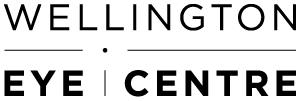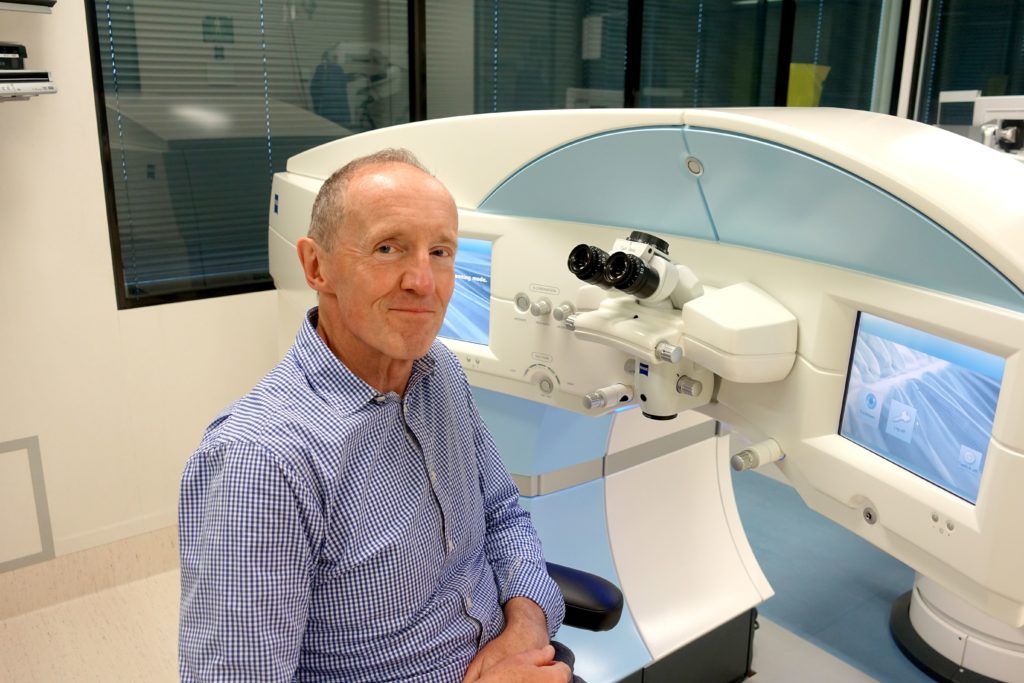
At the Wellington Eye Centre, we take the well-being of our patients extremely seriously. Laser eye surgery is an elective surgery, performed on your most important sense organ. Therefore we put your safety first. Whether it’s SMILE®, LASIK or PRK, it is vital to know that it is safe to do so. This article will talk about some of the tests that we do to make sure that you can go ahead with laser eye surgery, knowing that it is safe to do so and that you can expect a good outcome from your surgery.
Laser eye surgery corrects vision by removing very small amounts of corneal tissue. This reshapes the cornea and changes its’ focusing power. Removal of this corneal tissue weakens the cornea by a small amount. In addition, making the LASIK flap also causes some corneal weakening. Correction of a large focusing error involves removing more corneal tissue than correcting a small error. It is easy to see that the more corneal tissue removed, the greater the weakening of the cornea.
If your laser eye surgeon removes too much corneal tissue then the cornea may become too weak to be able to support the normal pressure inside the eye. This can lead to ectasia, where the cornea progressively deforms and distorts, causing increasing deterioration of vision. This is probably the most serious complication that can occur after laser eye surgery. Making sure that you are not at risk of developing ectasia is the focus of the most important tests that we do when we assess your suitability for laser eye surgery. So how do we know if laser eye surgery is safe for you?
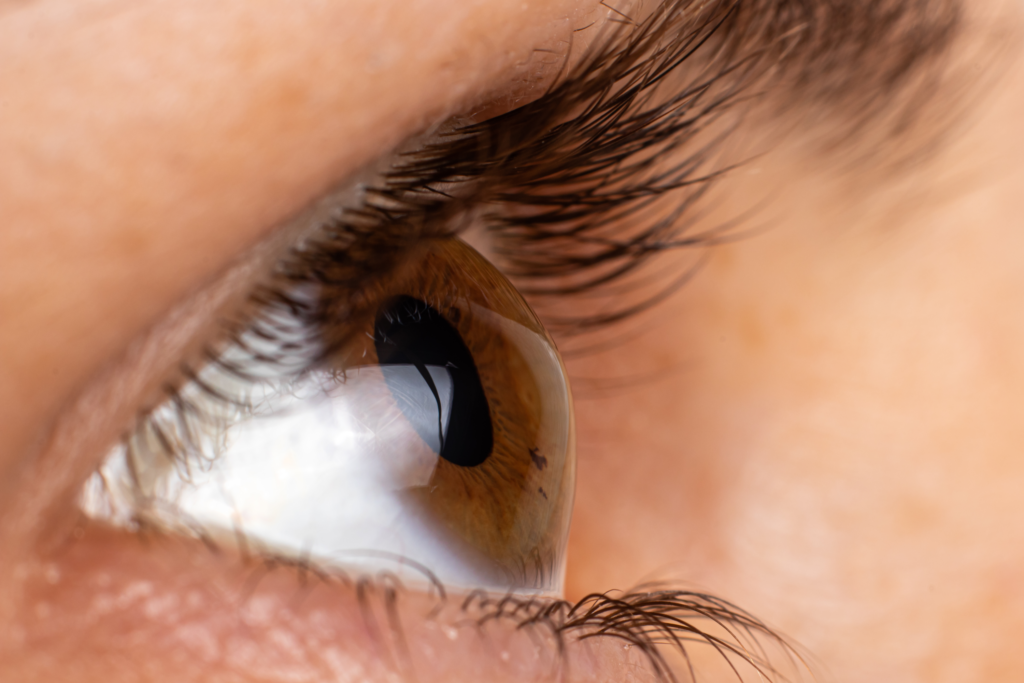
How do we check for the risk of ectasia?
Ectasia has been a known risk since laser eye surgery was first performed, over 30 years ago. It has been the subject of intense and ongoing research for many years. We now have much more advanced tests and diagnostic equipment to assess the risk of developing ectasia. At the Wellington Eye Centre, we pride ourselves on staying at the forefront of developments in laser eye surgery. We currently use the most sophisticated diagnostic technologies available to assess your risk of ectasia before carrying out laser eye surgery.
Two of these technologies are testing devices – the Pentacam tomographer and the Corvis ST. The third is a software program – AcuSimX. These three work together to measure the strength of the cornea and to estimate the post-operative strength of the cornea; and hence the risk of developing ectasia. All laser clinics in New Zealand use a Pentacam or similar device. But to the best of our knowledge, we are currently the only laser clinic in Australasia using the Corvis ST and AcuSimX software.
Who is at risk of developing ectasia?
There are two situations where there is an increased risk of developing ectasia after laser eye surgery. The first is when there is a pre-existing weakness or other abnormality of the cornea, such as an abnormal shape of the cornea, prior to having laser surgery. The second situation is if a normal cornea has excessive corneal tissue removed, it could then become too weak, this could occur with a correction for extreme short sight.
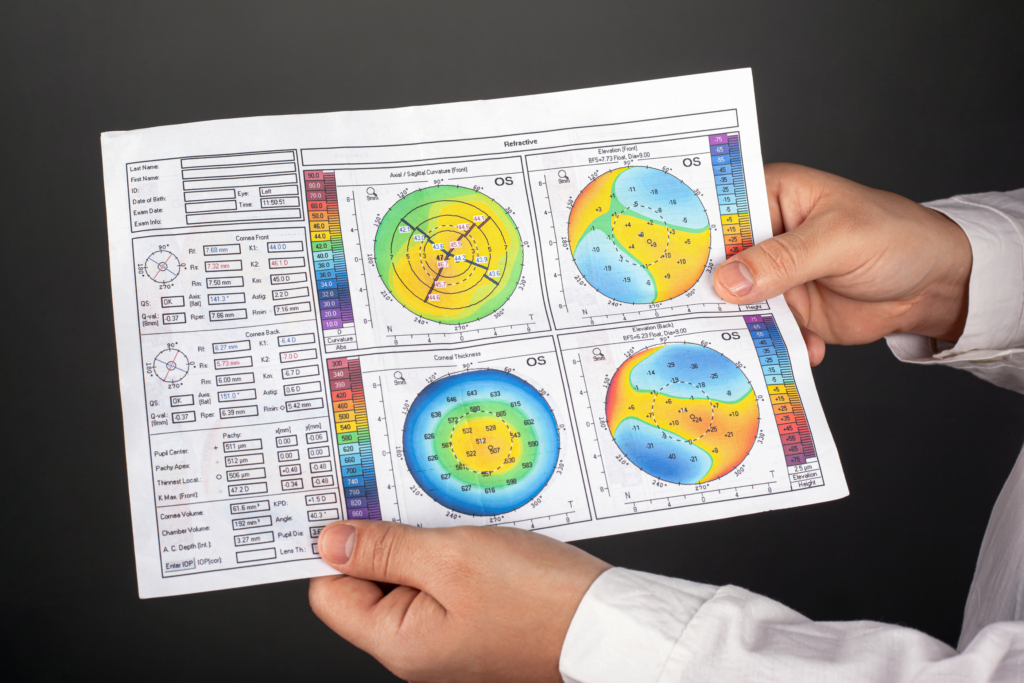
Abnormal corneal shape and thin corneas
Some corneas can have an abnormal shape that predisposes them to develop ectasia. The most common cause for this is a condition called keratoconus. In this condition, the cornea is already naturally weak, and laser surgery will aggravate the existing weakness, causing ectasia to almost certainly occur. Most people who have keratoconus already know this. However, in some cases, they may be completely unaware that they have the condition. They then may come to us to be assessed for possible laser eye surgery. In this case, keratoconus will normally be detected during the assessment process. Everyone who has an assessment for laser eye surgery will have the shape of their corneas measured using the Pentacam. This machine is very accurate at diagnosing keratoconus and will pick up most cases of previously undiagnosed keratoconus.
Excessive corneal tissue removal
The Pentacam also measures corneal thickness. This allows us to know if an individual’s vision can be fully corrected safely, without weakening the cornea too much. Refractive surgeons have known for many years that ectasia can occur if too much corneal tissue is removed during surgery. As a result of extensive research, we now know how much the cornea can be thinned without increasing this risk.
The safe amount of thinning depends on the initial thickness of the cornea. The thicker the cornea, the more corneal tissue we can safely remove; hence the bigger the refractive correction that can be carried out. Working out how much correction can be performed on a given cornea is quite simple and this is always carried out at the Wellington Eye Centre. If your cornea is too thin to safely have laser eye surgery, there are other non-laser options available for vision correction. We can discuss these options at your medical assessment.
Measuring corneal strength
While the Pentacam is extremely good at picking up pre-existing keratoconus, and corneas that are too thin to safely have laser eye surgery, there are cases where measurements taken by the Pentacam may fail to pick up an abnormal cornea. This typically occurs if someone has very early keratoconus with only a very slightly abnormal corneal shape. In this case, there is still a very high risk of developing ectasia following laser eye surgery. Because of this risk, we use a device called a Corvis as well as using the Pentacam. The Corvis measures the mechanical strength of the cornea, while the Pentacam measures the shape and thickness of the cornea.
The Corvis works by blowing a gentle puff of air onto the surface of the cornea and measuring how much the cornea is distorted by the puff of air. The weaker the cornea, the more distortion will occur. The measurements produced by the Corvis are very accurate and can be used by themselves to assess the risk of ectasia occurring. We also use specialised software which combines data from the Pentacam and from the Corvis. This significantly increases the accuracy of predicting ectasia risk.
No medical diagnostic tests are completely accurate at separating normal from abnormal cases and this applies to the results produced by the Pentacam and Corvis devices. Diagnosing people who are at risk of developing ectasia before laser eye surgery is extremely important. Therefore the results from these devices are biased towards overdiagnosing ectasia risk. This means that some people may be turned down for laser eye surgery when they may actually be suitable. When we think this may be the case, we use a specialised software program called AcuSimX to further analyse the results from the Pentacam and Corvis.

AcuSimX software
AcuSimX uses a technique called Finite Element Analysis (FEA). Engineers use FEA to design things such as bridges, large buildings, and aircraft. They use FEA to predict how a product reacts to real-world forces, vibration, heat, fluid flow and other physical effects. We use it similarly to predict the pre-operative and post-operative strength of the cornea following laser eye surgery, and therefore the risk of developing ectasia
AcuSimX uses measurements from the Pentacam, the Corvis, and the measurements for the planned surgery. The program has shown to be very accurate in predicting corneal strength after planned laser eye surgery. It does take a significant amount of computing power however and typically takes just over one hour to analyse one cornea.
At the Wellington Eye Centre our focus is on making laser eye surgery as safe as it can possibly be. We use the latest lasers, as well as the latest diagnostic equipment, to ensure the actual procedure is very safe and straightforward. You can be confident if we give you the OK to go ahead that you will have a good outcome from laser eye surgery.
Feel free to get in touch with the team at Wellington Eye Centre if you have any other questions or wish to book a Free Assessment for laser eye surgery. At your Free Assessment we will use the Pentacam and Corvis (in Wellington) to assess your suitability. We will also show you the results of these scans and talk you through what we can see. To book a free assessment you can call us on 0800 733 327 or complete the contact form below.
If you want to learn more about laser eye surgery check out some of our other blogs here:
- What Can I do to Best Prepare for Laser Eye Surgery?
- Recovery after Laser Eye Surgery
- Risks and Complications of Laser Eye Surgery
SMILE® is a registered trademark of Carl Zeiss Meditec.

Common Medications Used in Laser Eye Surgery
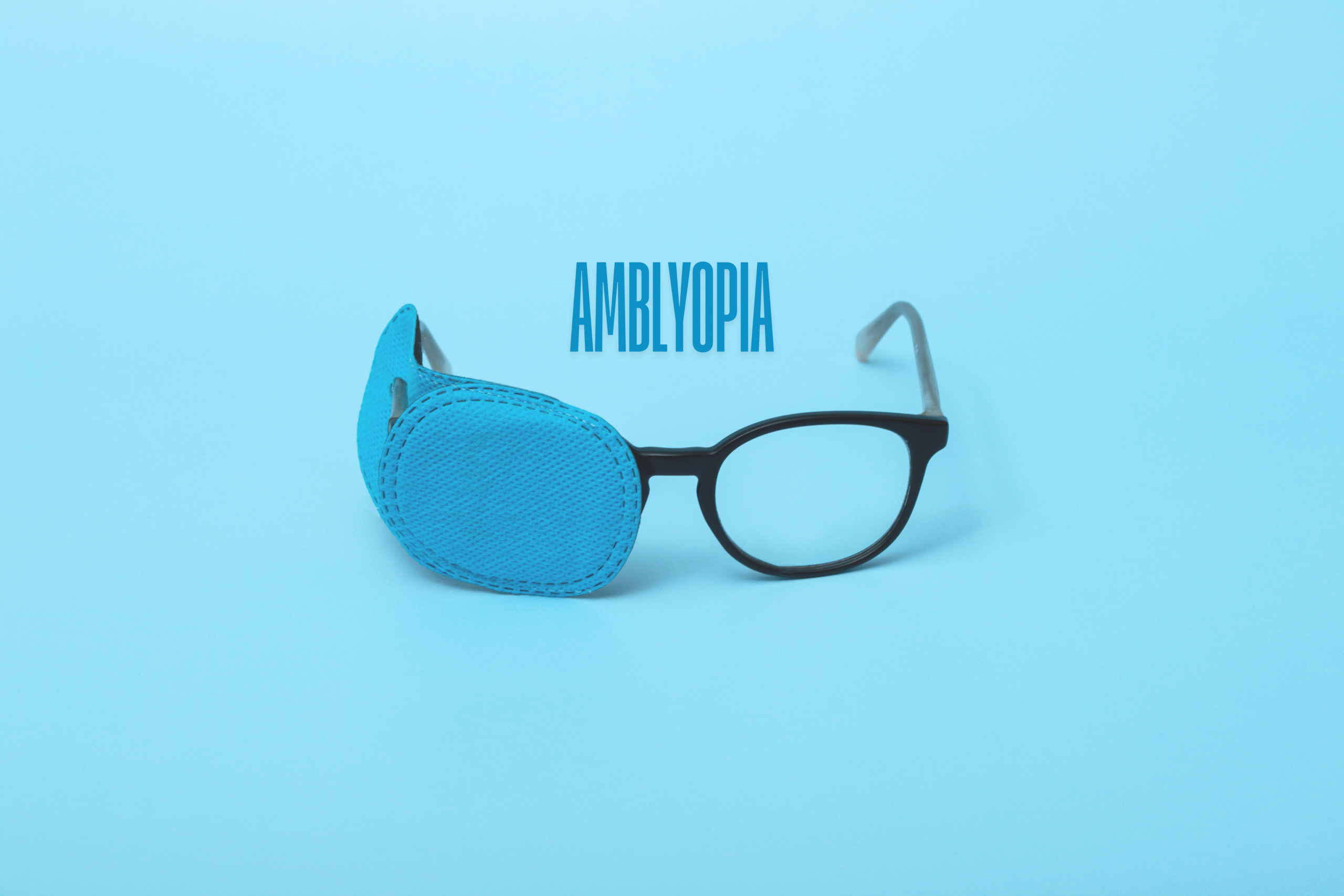
Amblyopia and Laser Eye Surgery

How Much Does Laser Eye Surgery Cost in 2025?
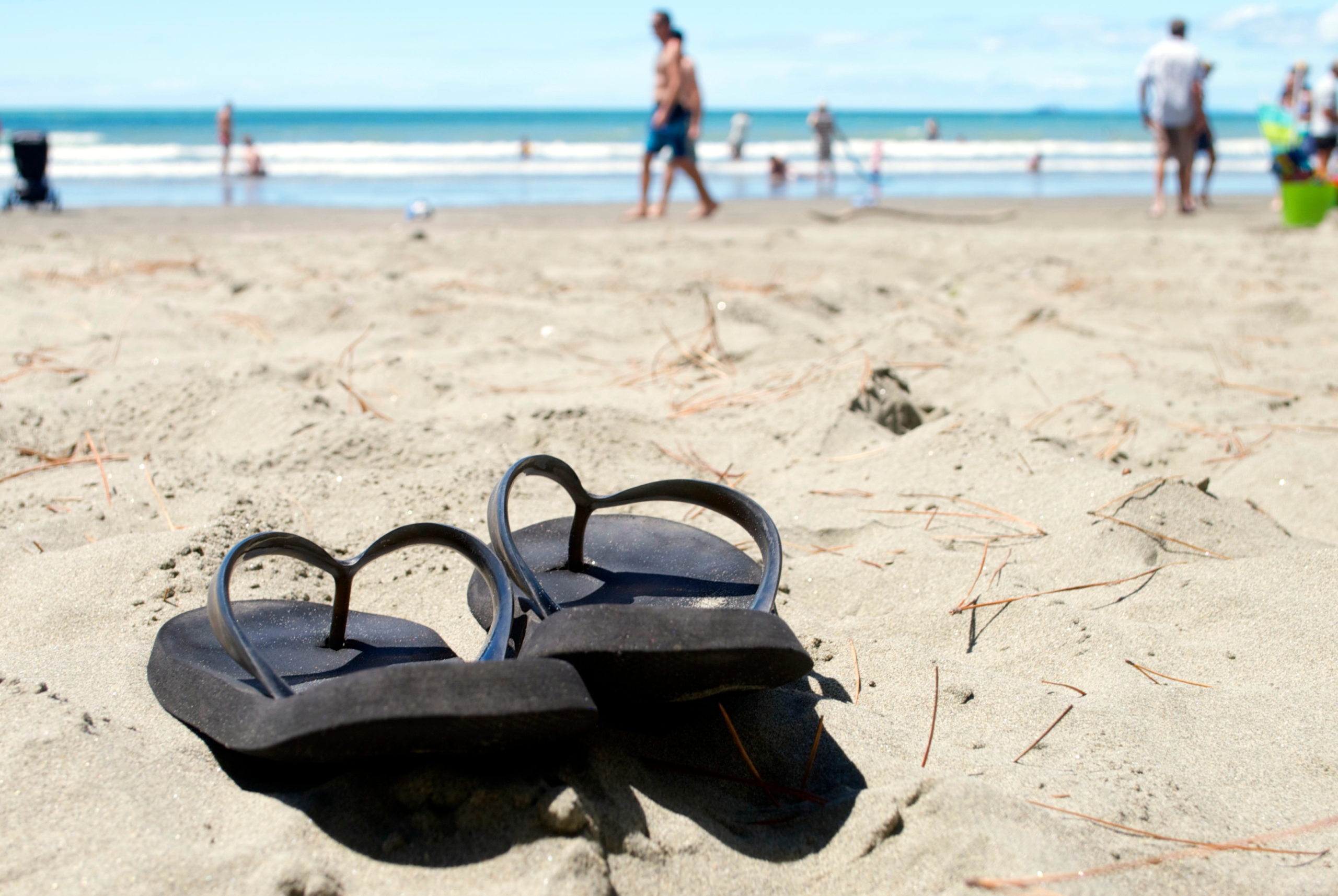
SMILE into Summer

What are the visual requirements to join the Police in NZ?
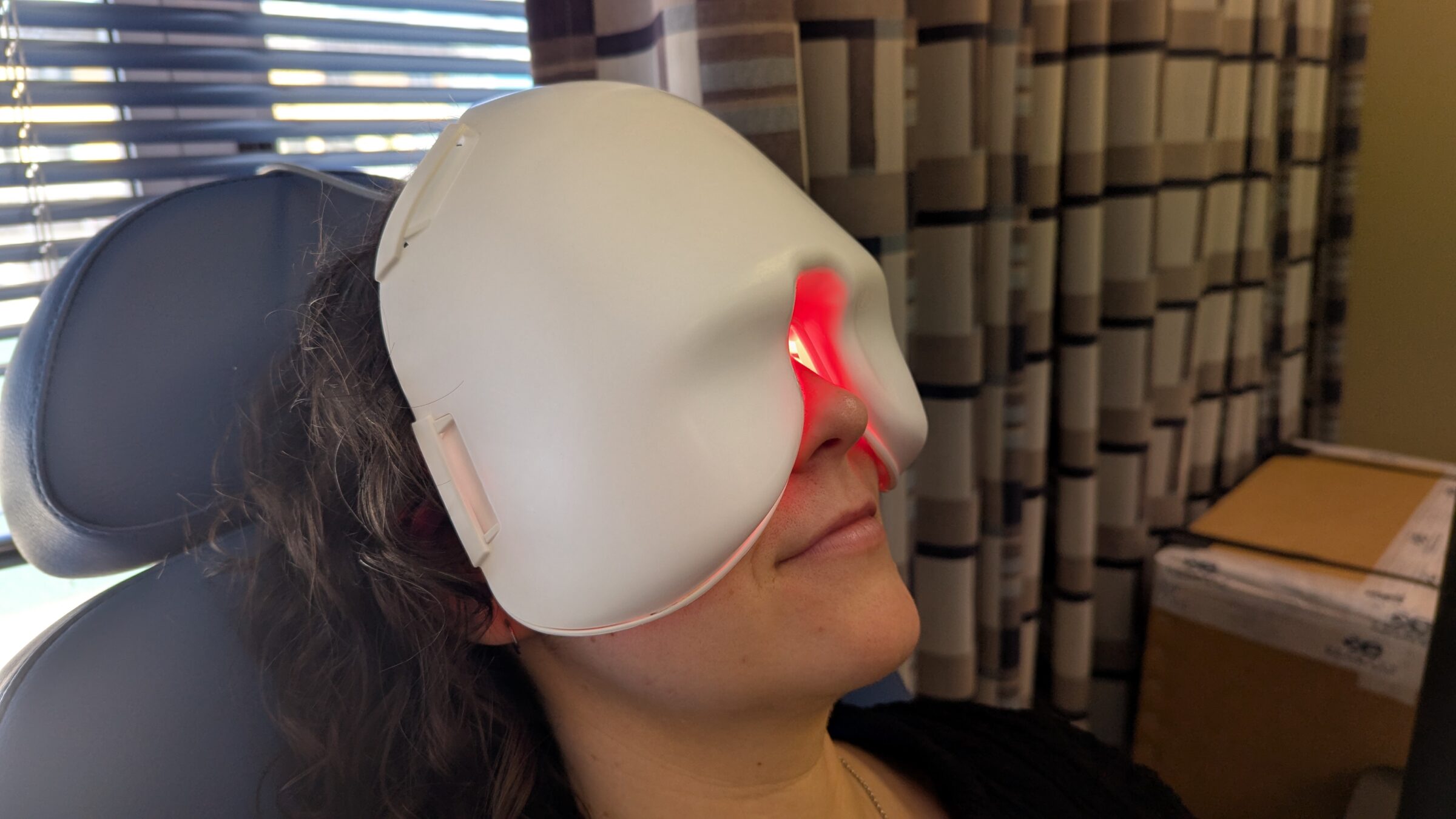
Low-Level Light Therapy for Dry Eyes

Common Medications Used in Laser Eye Surgery

Amblyopia and Laser Eye Surgery
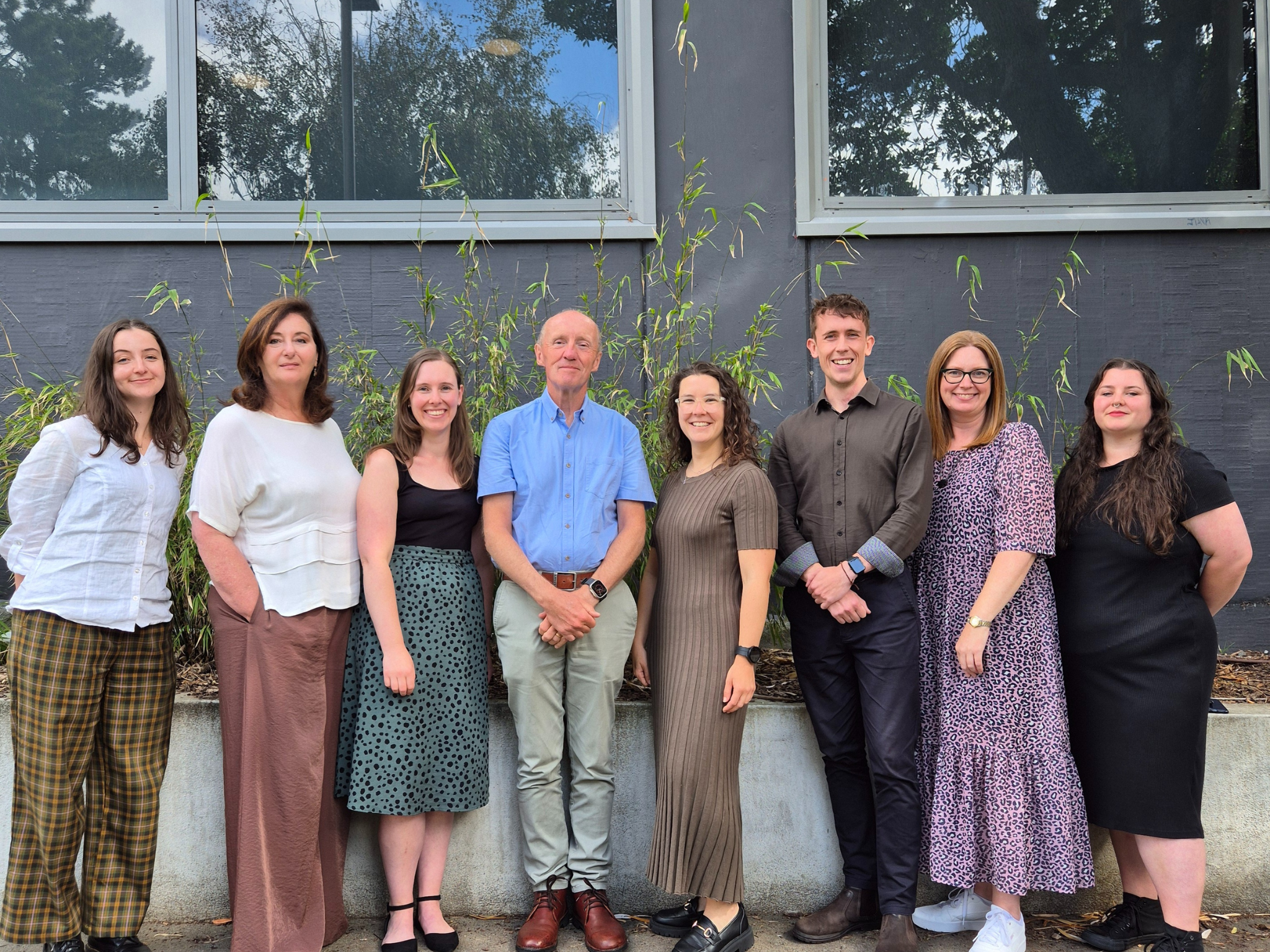
Meet The Team at the Wellington Eye Centre

